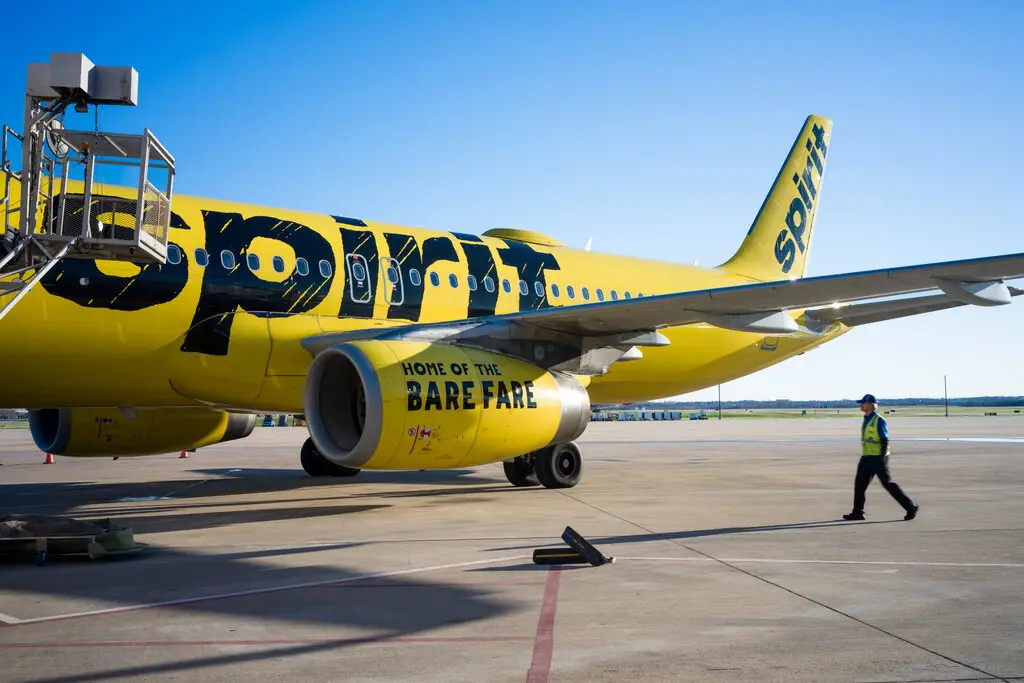Spirit Airlines, a major budget carrier in the United States, has filed for Chapter 11 bankruptcy protection. This decision comes as the airline confronts significant financial challenges, including accumulated losses exceeding $2.5 billion since 2020 and upcoming debt repayments exceeding $1 billion slated for 2025 and 2026.
Spirit has assured its customers that it will continue normal operations during the bankruptcy proceedings. The airline maintains that passengers can still book flights and use frequent-flyer points as usual. Far from halting its services, Spirit aims to restructure and address its financial liabilities while keeping its operations intact.
The financial troubles for Spirit Airlines have been compounded by a challenging post-pandemic period. The demand for Spirit’s low-cost flights saw a downturn as larger airlines began attracting budget-conscious travelers with similar low-cost options. The shifting landscape in the airline industry has posed particular challenges for Spirit’s model, which traditionally relied on offering minimal fares and charging extra for additional services.
In efforts to navigate through these financial woes, Spirit reached an agreement with its bondholders. The airline secured commitments for a $350 million equity investment from its existing bondholders. In addition, $795 million of existing debt will be transformed into equity in the restructured company. Alongside these measures, Spirit’s bondholders have agreed to extend a $300 million loan. This financial support, combined with Spirit’s remaining cash reserves, is expected to provide the necessary liquidity for the airline to proceed with its restructuring plans.
Shares of Spirit Airlines have taken a significant hit, reflecting investor concerns. On Friday, shares fell by 25% following reports of the bankruptcy filing discussions. This drop is part of a larger trend, with Spirit’s stock having plunged 97% since late 2018 when the airline was still profitable.
The bankruptcy filing follows a series of attempts by Spirit to adapt to an evolving market. This year, Spirit attempted to introduce bundled fares that included more services, such as larger seats and priority boarding. These efforts were part of a strategy to pivot from the airline’s long-standing low-cost model. These changes came amid fierce competition, especially from Frontier, JetBlue, and Southwest Airlines, which have similar route overlaps with Spirit.
Spirit’s financial struggles also stem from broader industry challenges. Costs, particularly for labor, have risen, and the airline has had to contend with competition and the economic impact of the pandemic. Additionally, Spirit has faced operational challenges, such as mandatory repairs on Pratt & Whitney engines, resulting in grounding parts of its fleet.
Spirit is not the first major U.S. airline to seek Chapter 11 protection. In the past, several airlines have used bankruptcy to reorganize and address financial challenges, with varying degrees of success.

